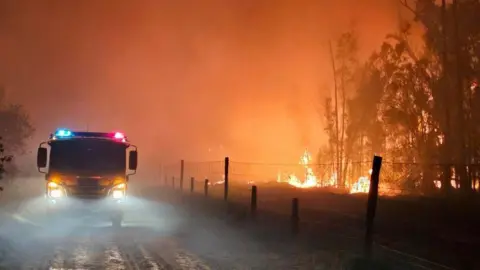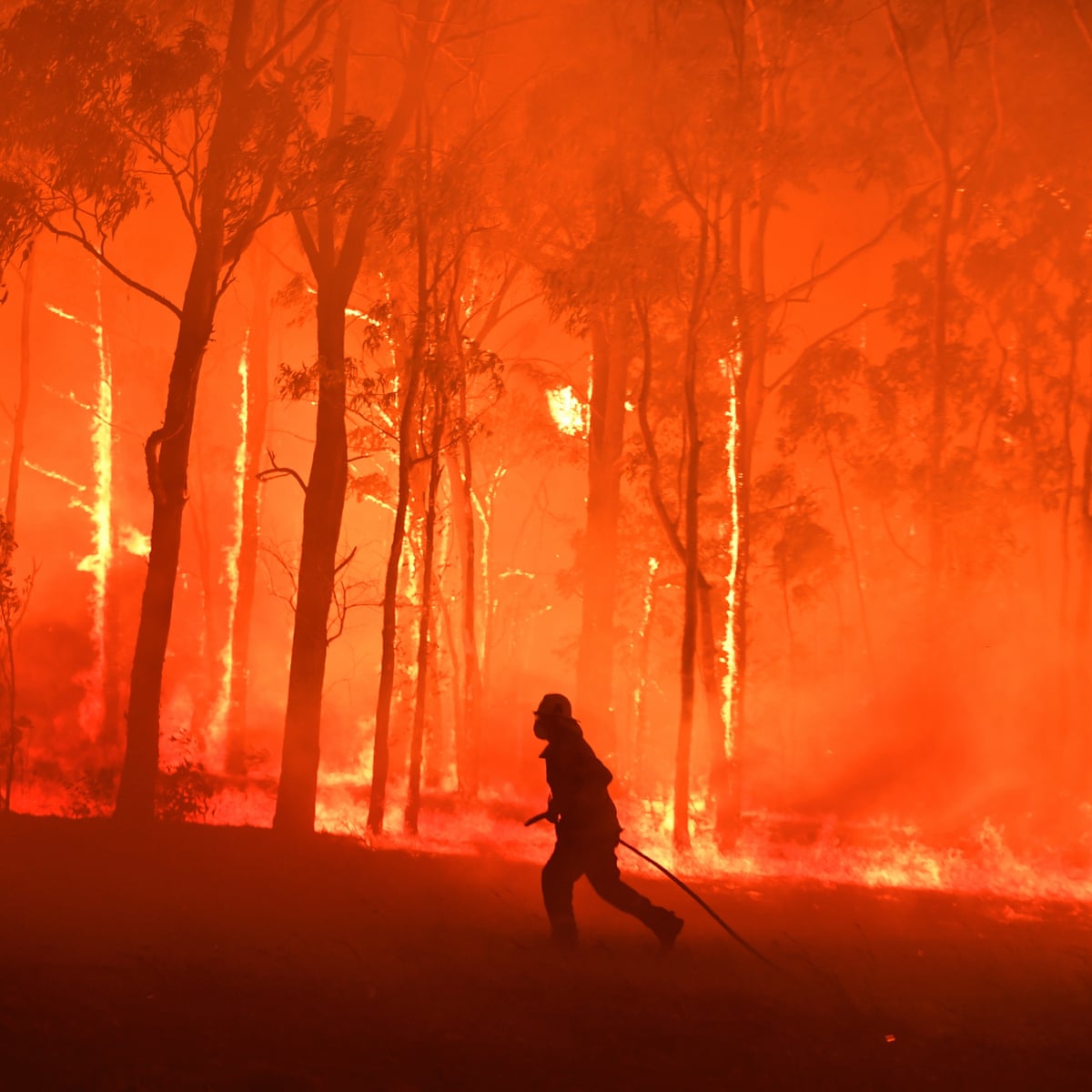Opening the Tricks of Bushfire Threat Analysis: The Duty of a BAL Report
Opening the Tricks of Bushfire Threat Analysis: The Duty of a BAL Report
Blog Article
Exactly How BAL Report Impacts Shrub Fire Defense Measures
In the realm of bush fire security, the Building Assault Degree (BAL) record stands as a crucial device that considerably affects the safety and security and resilience of residential or commercial properties in fire-prone locations - BAL Report. The influence of a BAL assessment extends much beyond mere documents; it offers as the keystone for determining the appropriate building requirements and fire security steps essential to minimize the threats posed by bushfires. As communities face increasingly severe fire seasons, understanding just how the BAL record forms these protective procedures becomes vital for policymakers, builders, and homeowners alike
Understanding the Bushfire Attack Degree

Importance of BAL Report Analysis

In Addition, the BAL record assessment acts as a foundational action in adhering to lawful commitments and requirements related to bushfire defense. Neighborhood councils and authorities frequently mandate the submission of a BAL report as part of the planning and building approval process to guarantee that homes are adequately protected against bushfire risks. Falling short to carry out a detailed BAL record analysis can lead to insufficient security procedures, leaving properties at risk to ruining bushfire occurrences.
Building And Construction Requirements Based Upon BAL
A detailed understanding of the Bushfire Assault Level (BAL) allows property proprietors to carry out construction standards tailored to their specific threat profile. Construction criteria based upon BAL are crucial in minimizing the effect of bushfires on homes. The BAL rating classifies the possible risk a residential or commercial property encounters during a bushfire on a scale from BAL-Low to BAL-FZ (Fire Zone) Each BAL degree represents details building and construction demands outlined in the Australian Typical AS3959-2018 Building of Structures in Bushfire-Prone Locations. For example, properties categorized as BAL-Low may just require standard steps such as getting rid of debris internet and keeping yards, while those in higher BAL categories need more robust actions like ash displays, fire-resistant materials, and secured home windows. Sticking to these construction criteria not only improves the structural strength of the residential property however additionally boosts the overall security of homeowners throughout a bushfire occasion. Home owners have to carefully consider their BAL rating and abide with the corresponding construction requirements to appropriately safeguard their occupants and homes.
Carrying Out Fire Security Actions
With the structure of construction standards based on Bushfire Attack Degree (BAL) in place, the emphasis currently shifts in the direction of the functional execution of fire defense measures to strengthen buildings against bushfire risks. Passive steps include making use of fireproof structure products, setting up cinder guards on vents, sealing spaces in walls and roofs, and keeping a clear area around the home totally free from flammable plant life. By incorporating both passive and energetic methods, residential or commercial properties can significantly reduce their susceptability to bushfire cases and raise the security of residents.
Safeguarding Homes Versus Bushfires
Effectively safeguarding homes versus the devastating influences of bushfires needs a proactive and comprehensive strategy to fire security steps. In addition, securing spaces and vents to protect against ash intrusion, as well as incorporating fireproof doors and windows, can help strengthen the home's check this defense against bushfires. By welcoming a positive stance and incorporating these protective steps, house owners can considerably increase their opportunities of protecting their homes versus bushfires.
Conclusion
In final thought, the Bushfire Assault Degree (BAL) record plays an important duty in identifying the needed defense measures against bushfires. Applying fire protection procedures based on the BAL record is essential in protecting properties from prospective bushfire dangers.
In analyzing bushfire risk to residential or commercial properties, comprehending the Bushfire Assault Degree (BAL) is a critical component for implementing effective protection procedures. On the whole, a clear understanding of the Bushfire Strike Degree is crucial for applying ample protection measures and mitigating the impact of bushfires on residential or commercial properties.

Report this page